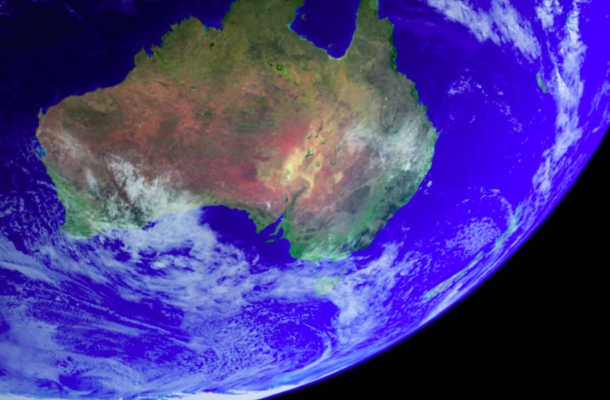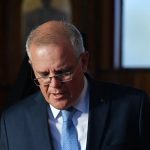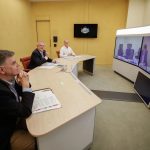Lessons from the past for a new Australian space agency

In light of the government’s national space agency announcement, Kerrie Dougherty reviews Australia’s prior attempts at establishing an agency or space program and the lessons that should be learned from their failure.
When the Australian Government announced the establishment of a national space agency, it provided no details of its plans or budget. While the Expert Reference Group, chaired by Dr Megan Clark, develops a charter for the new agency to be presented in March 2018, representatives from many sectors of the space community have stepped forward to offer public comment on what an Australian space agency could, should or must do. Now, therefore, seems an appropriate time to review a previous attempt to establish an Australian space program/agency and the lessons that can be learned from that failure.
The first official recommendation for the establishment of an Australian space agency and a national space program was contained in the 1985 Madigan Report (A Space Policy for Australia). Although commissioned by the Hawke Government in response to an industry-led push to develop a national space capability, the government’s response to the report was half-hearted at best, resulting in a significantly underfunded National Space Program (never funded at more than one-fifth of the report’s recommended budget).
The National Space Program (NSP) that was established actually represented only a small part of Australia’s overall space-related activities at this time: domestic and international satellite telecommunications, weather and remote sensing data collected by the Bureau of Meteorology and other government departments, satellite navigation services and defence space activity continued to operate outside its purview. This fragmentation of responsibility and overall lack of coordination in the management of Australia’s space activities was strongly criticised for creating wasteful duplication and overlap. Potential international collaborators had great difficulty in determining who was responsible for particular space activities.
Instead of an independent statutory space agency, the NSP was overseen by the advisory Australian Space Board (established in 1986) and managed by a small Australian Space Office (ASO) within the Dept. of Industry, Technology and Commerce. Narrowly focussed on space industry development, the ASO was frequently criticised as being mainly staffed by bureaucrats, rather than people with space industry experience, while the space science community criticised the perceived lower priority of science objectives and “national good” projects within the National Space Program.
Although both the Space Office and its contemporary CSIRO Office of Space Science and Applications had some modest success in supporting the development of space instruments that flew on the Space Shuttle and European remote sensing satellites, they were not deemed effective by the incoming Howard Government and were terminated in 1996.
Since that time, space assets have become critical components of national infrastructure serving national security, defence, civil/public good, scientific and commercial needs. The introduction of digital technologies and the growing use of ever-more-capable CubeSats and other nanosatellites that are cheap to make and launch is changing the ‘space landscape’. Decreasing costs, and the increasing influence of the NewSpace commercial sector, which is exploiting these new technologies, is bringing space capability within the budgetary means of small businesses, universities, even schools and individuals.
To function effectively against this new background, and avoid the fate of the Australian Space Office, the new Australian space agency will need to be an independent statutory authority, with clear goals and an adequate budget to achieve those goals. It must also be staffed to an appropriate level by personnel who have relevant space sector experience and/or expertise.
To overcome the inefficient departmental competition and overlap of the past, the agency should provide national leadership, acting as coordinator between the defence, civil and commercial space sectors and promoting collaborative research between them and with international defence and civilian space agencies seeking project partners in Australia. International collaboration will leverage Australia’s relatively small space budget and provide the nation with a stronger voice in global space governance.
While an Australian space agency cannot emulate the breadth of NASA or ESA space activities, it should strategically support space and planetary science projects, space workforce development and STEM education programs that can provide both tangible and intangible benefits for the nation: the national inspiration that comes from being perceived as a spacefaring nation should not be overlooked.
Kerrie Dougherty is an independent space historian, curator and writer. An acknowledged expert in the history of Australian space activities, Kerrie was curator of Space Technology at the Powerhouse Museum, Sydney, for 25 years and is on the Faculty of the International Space University, where she lectures in Space Humanities. An elected member of the International Academy of Astronautics, she is the current chair of its History of Astronautics Committee and also serves on its Space Museums Committee. Kerrie is a prolific author on Australian and world space history. Her most recent publication is Australia in Space, a comprehensive overview history of Australian space activities. The winner of the 2015 Sacknoff Prize for Space History, Kerrie is in the final stages of a PhD at the University of NSW.














